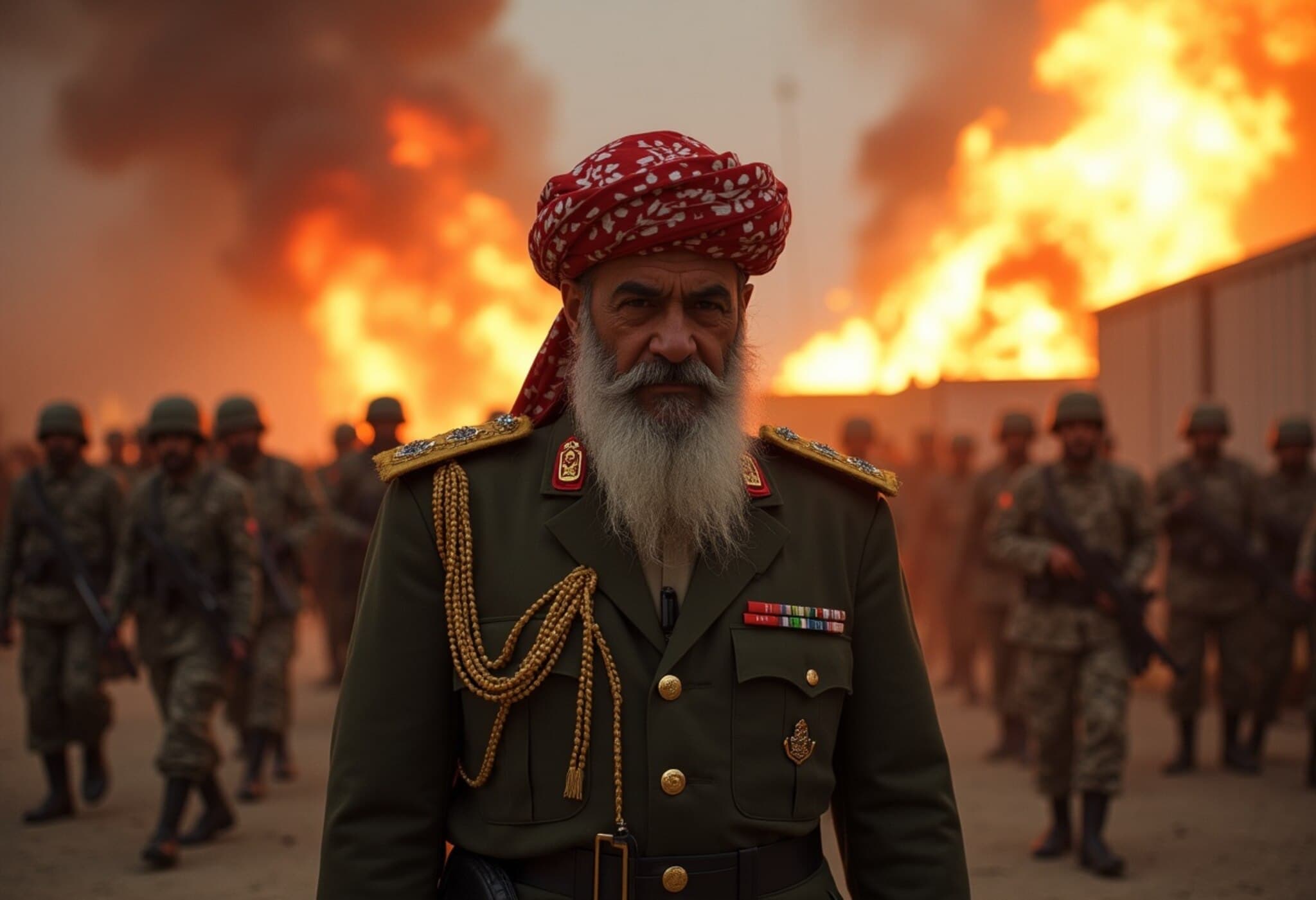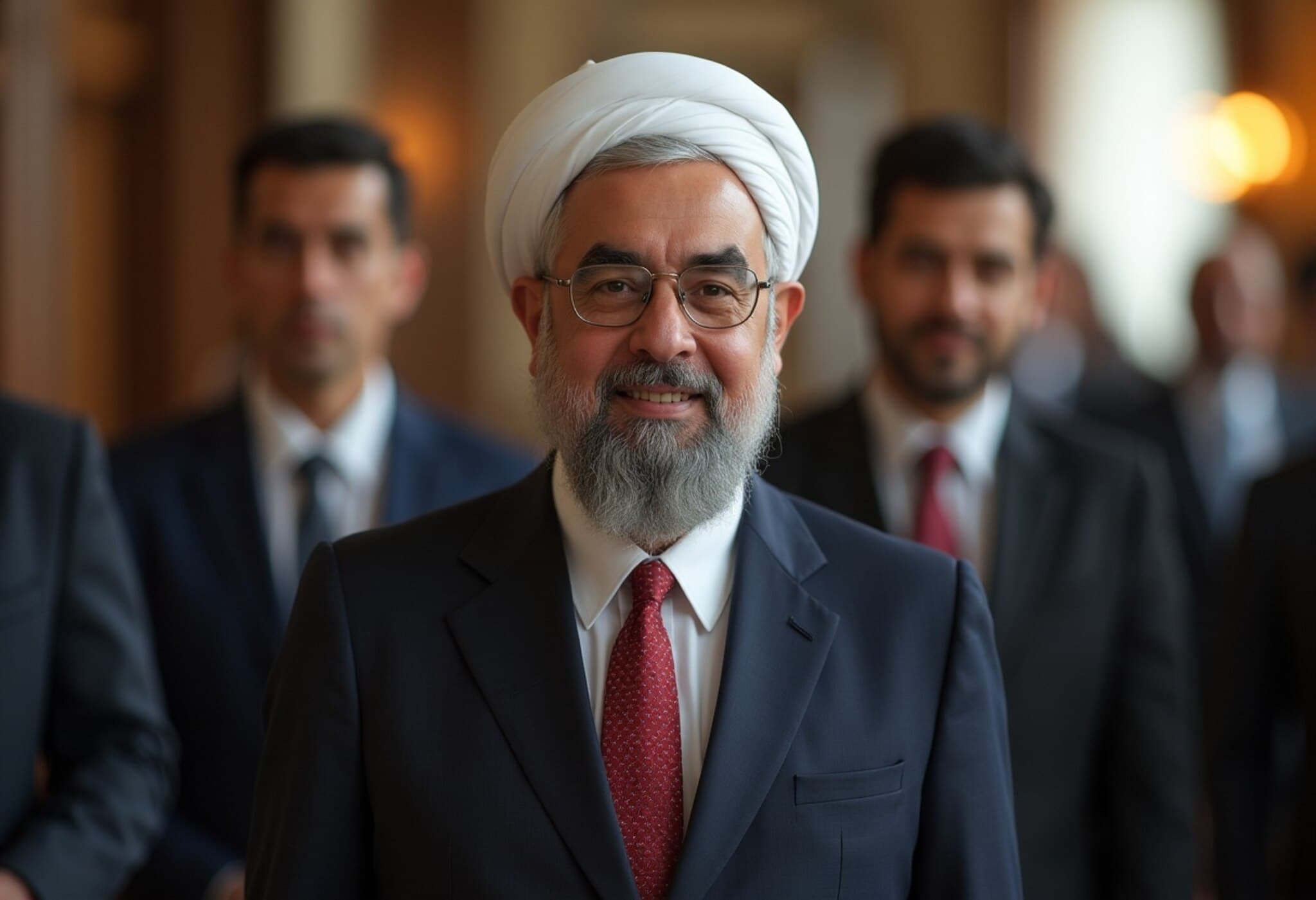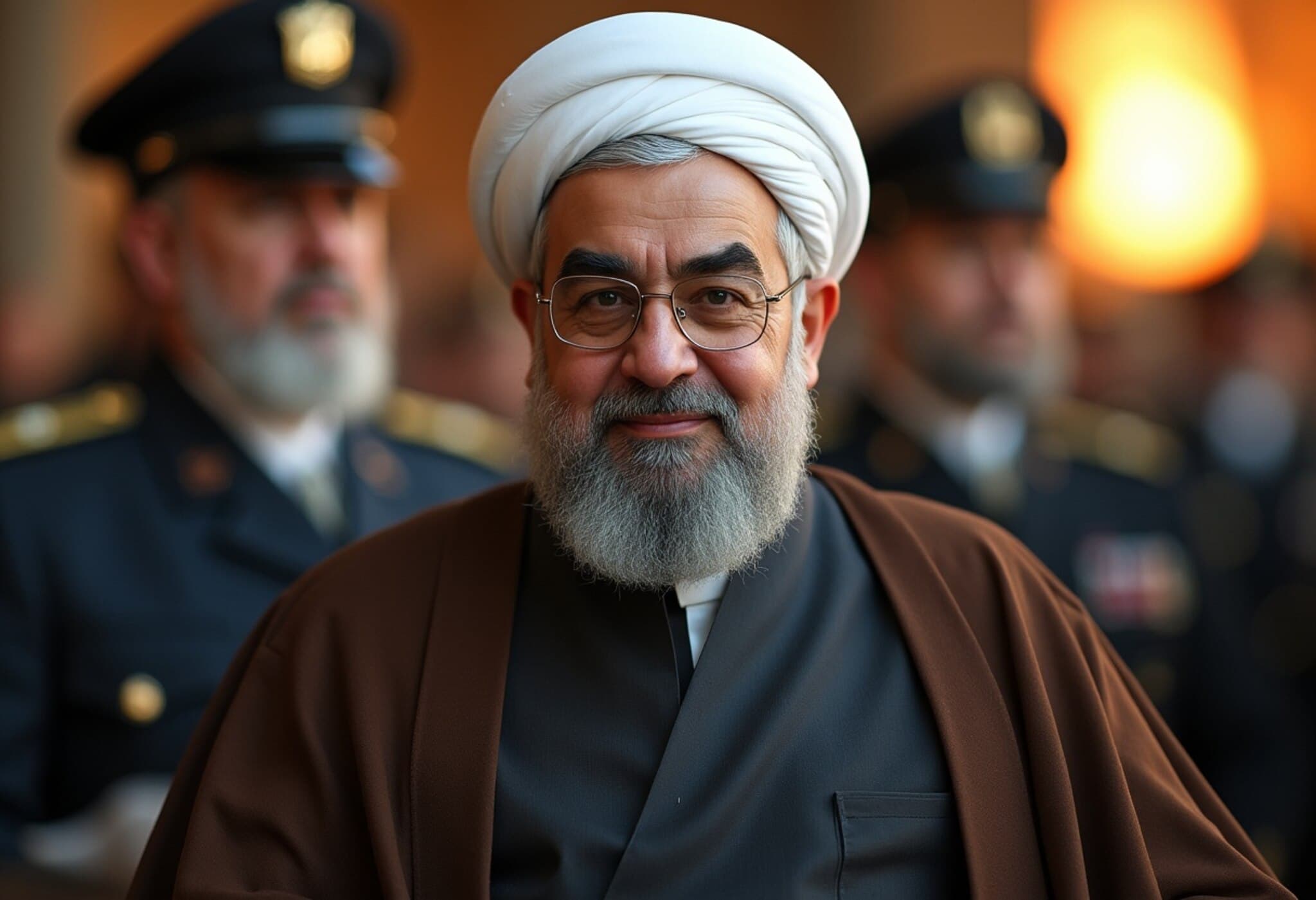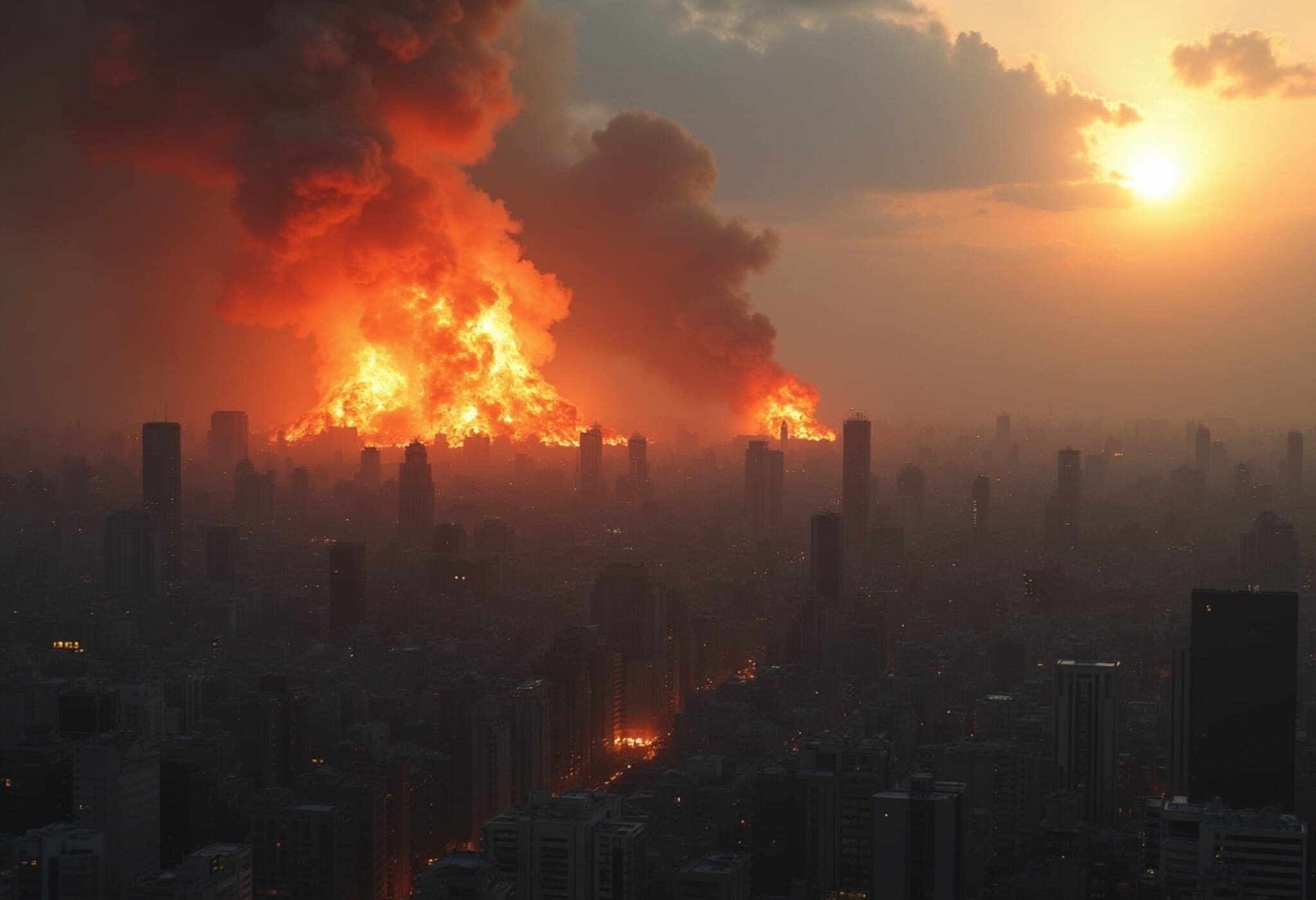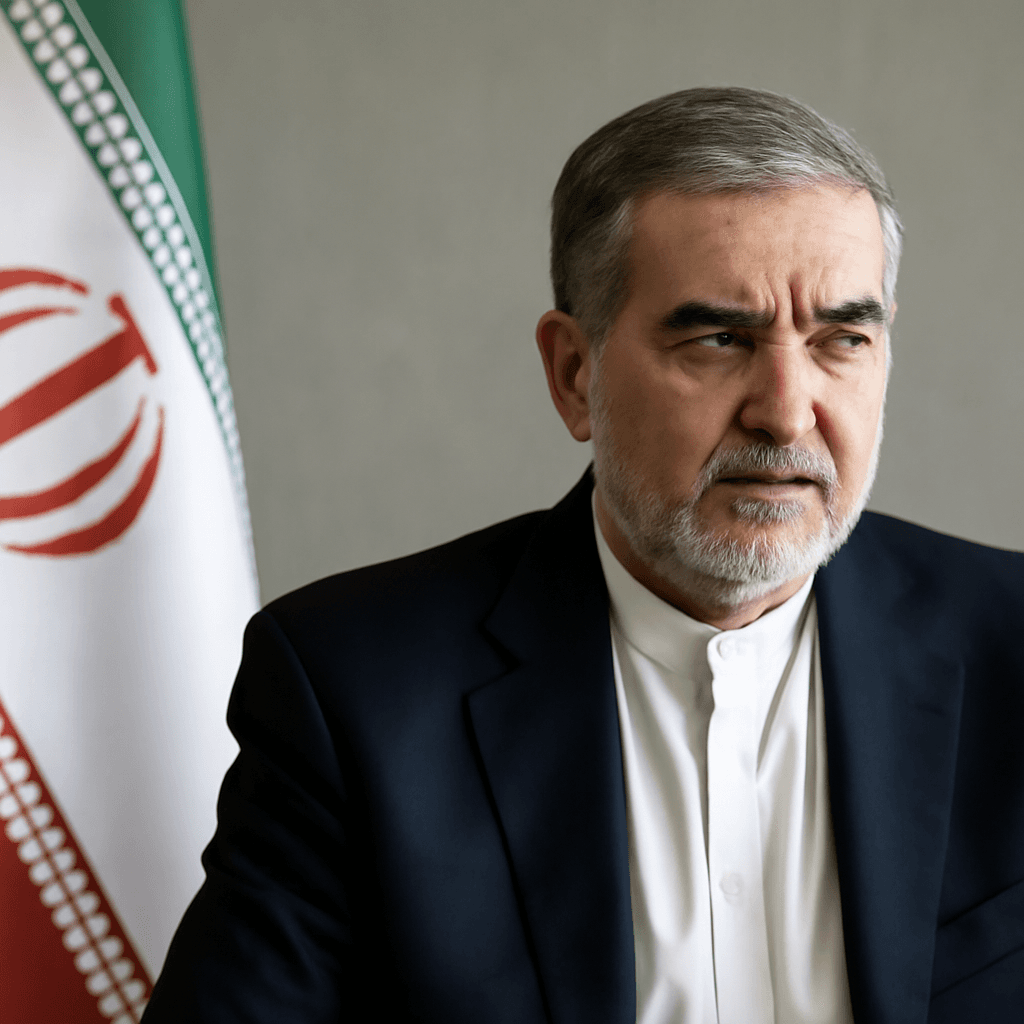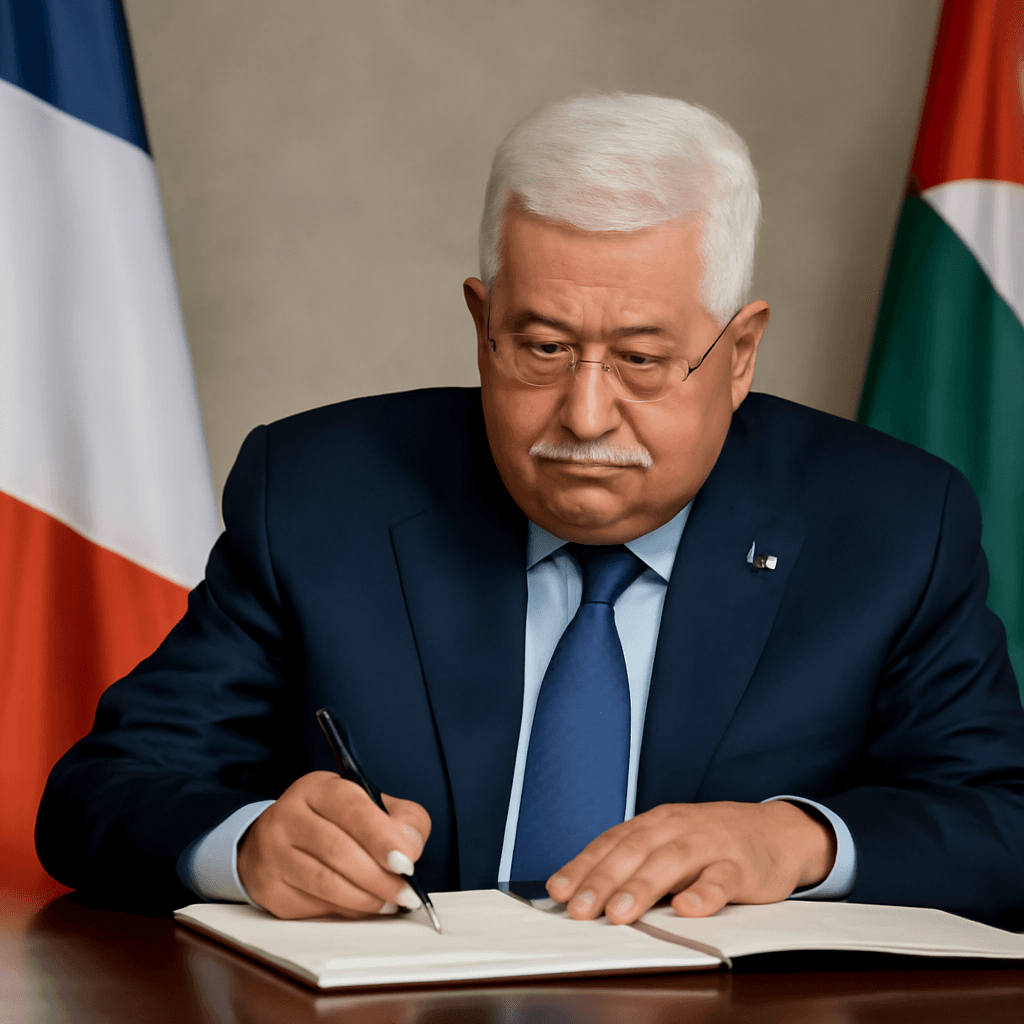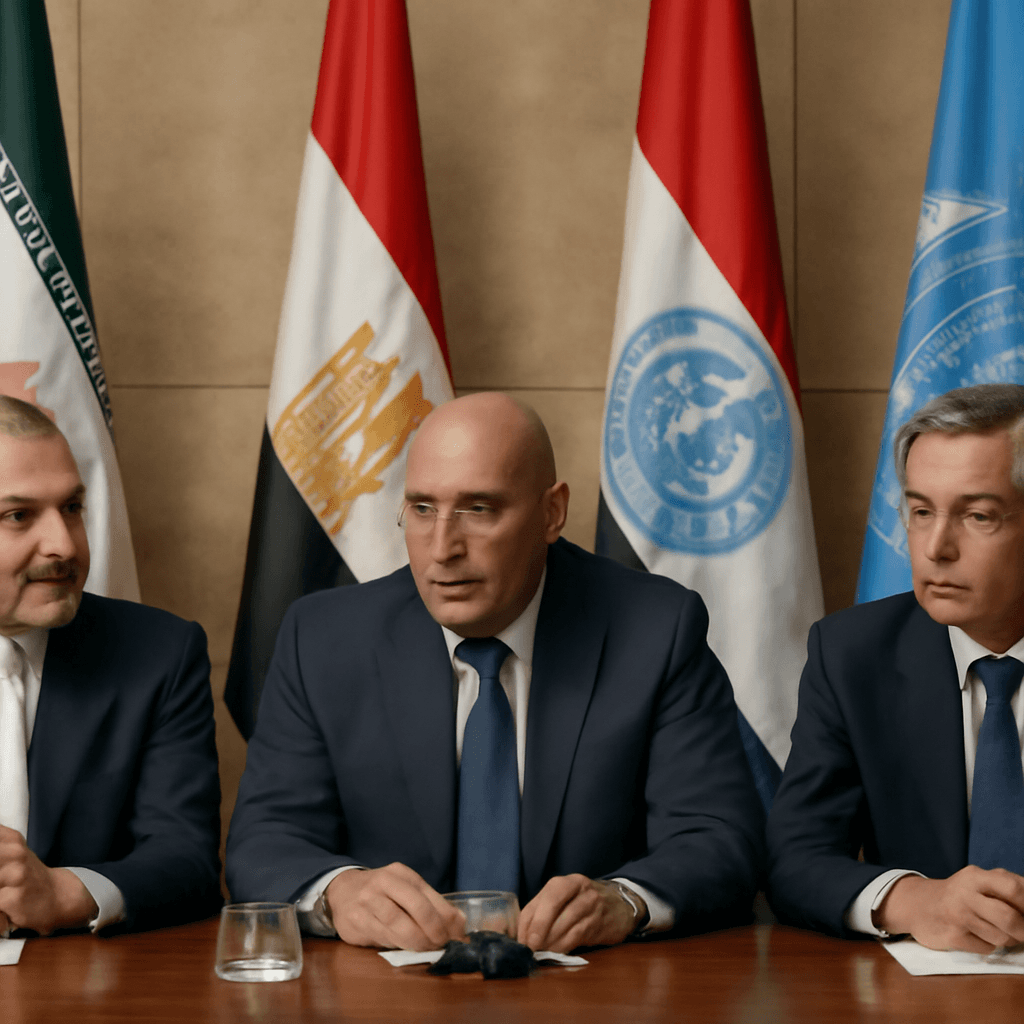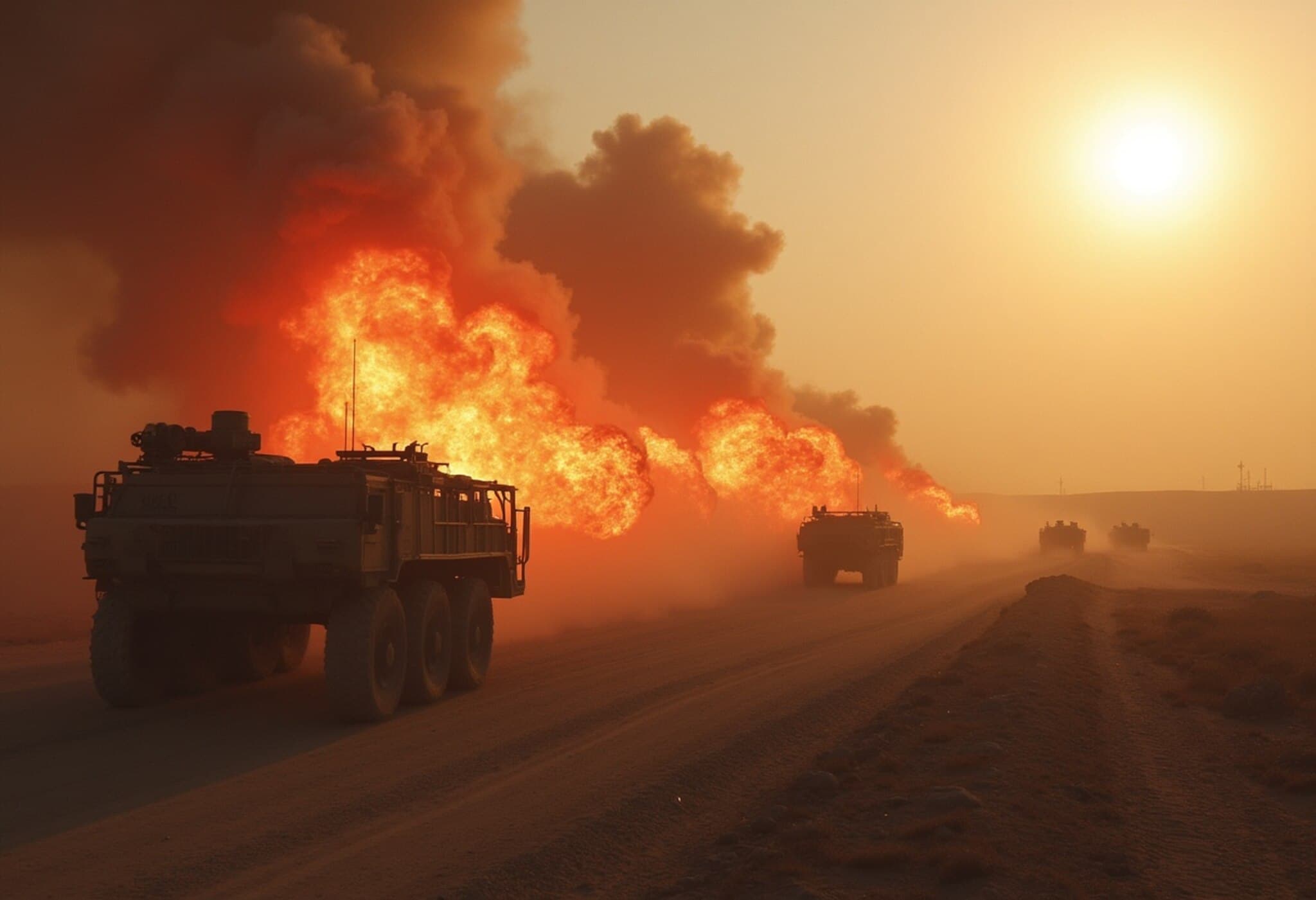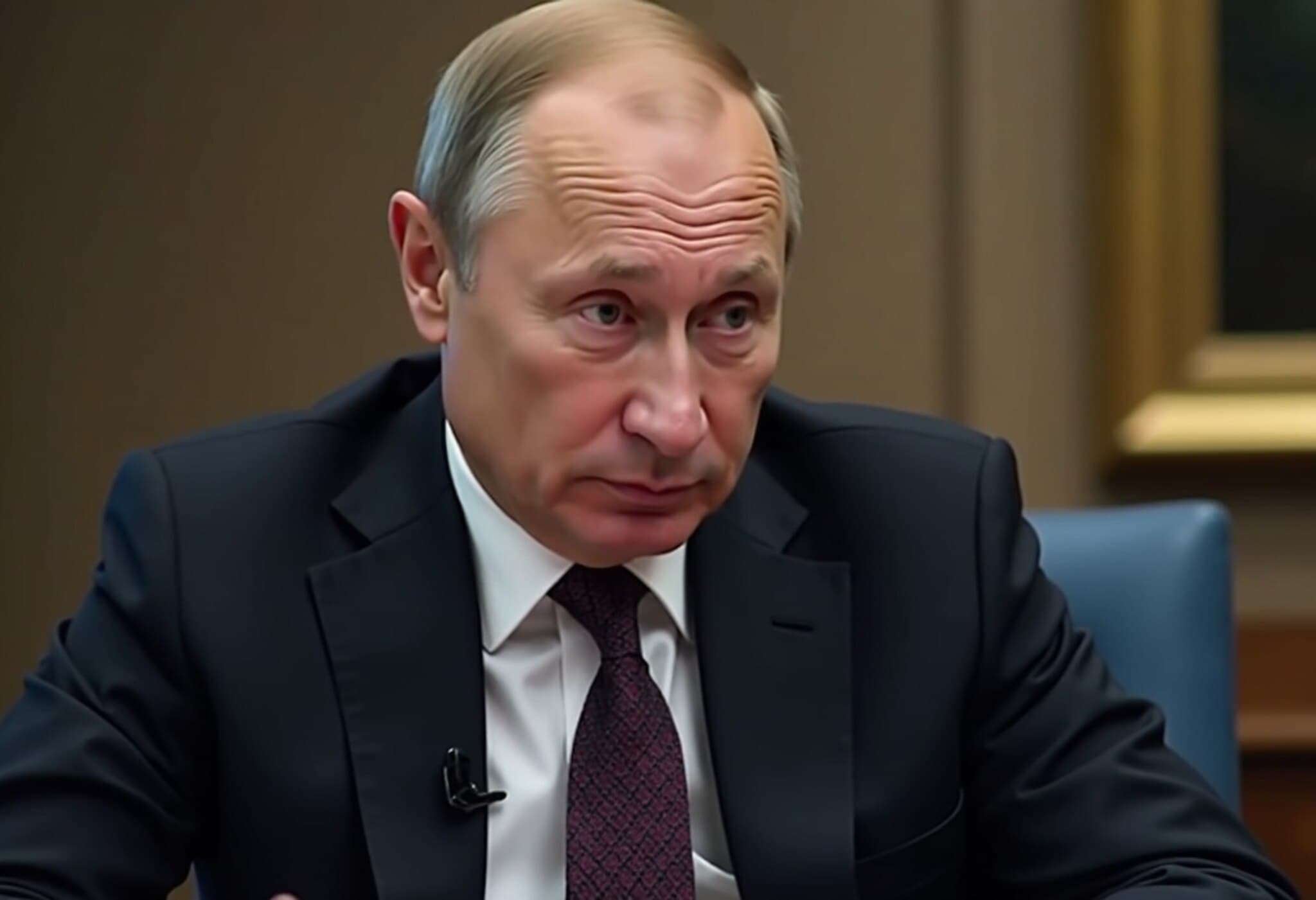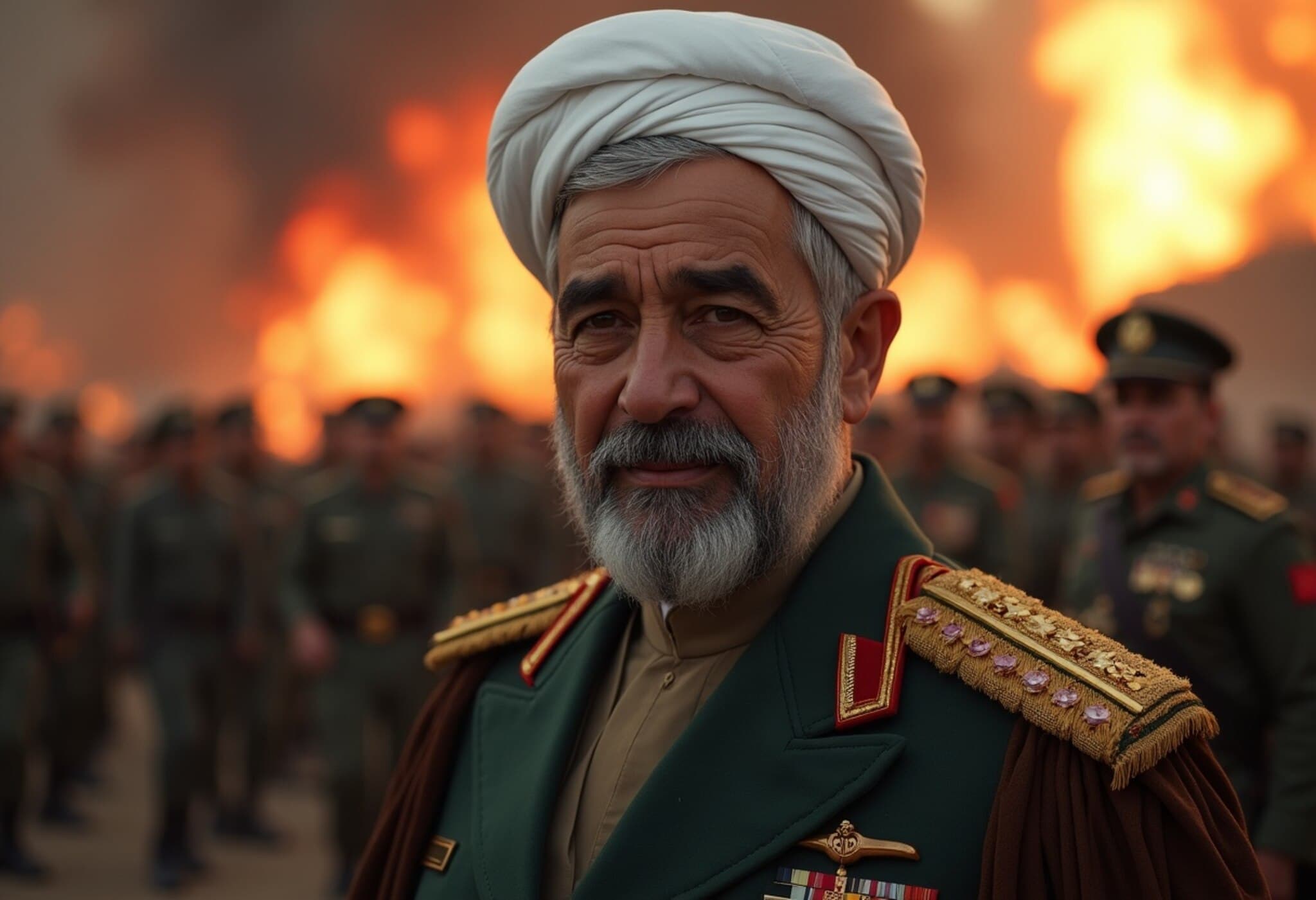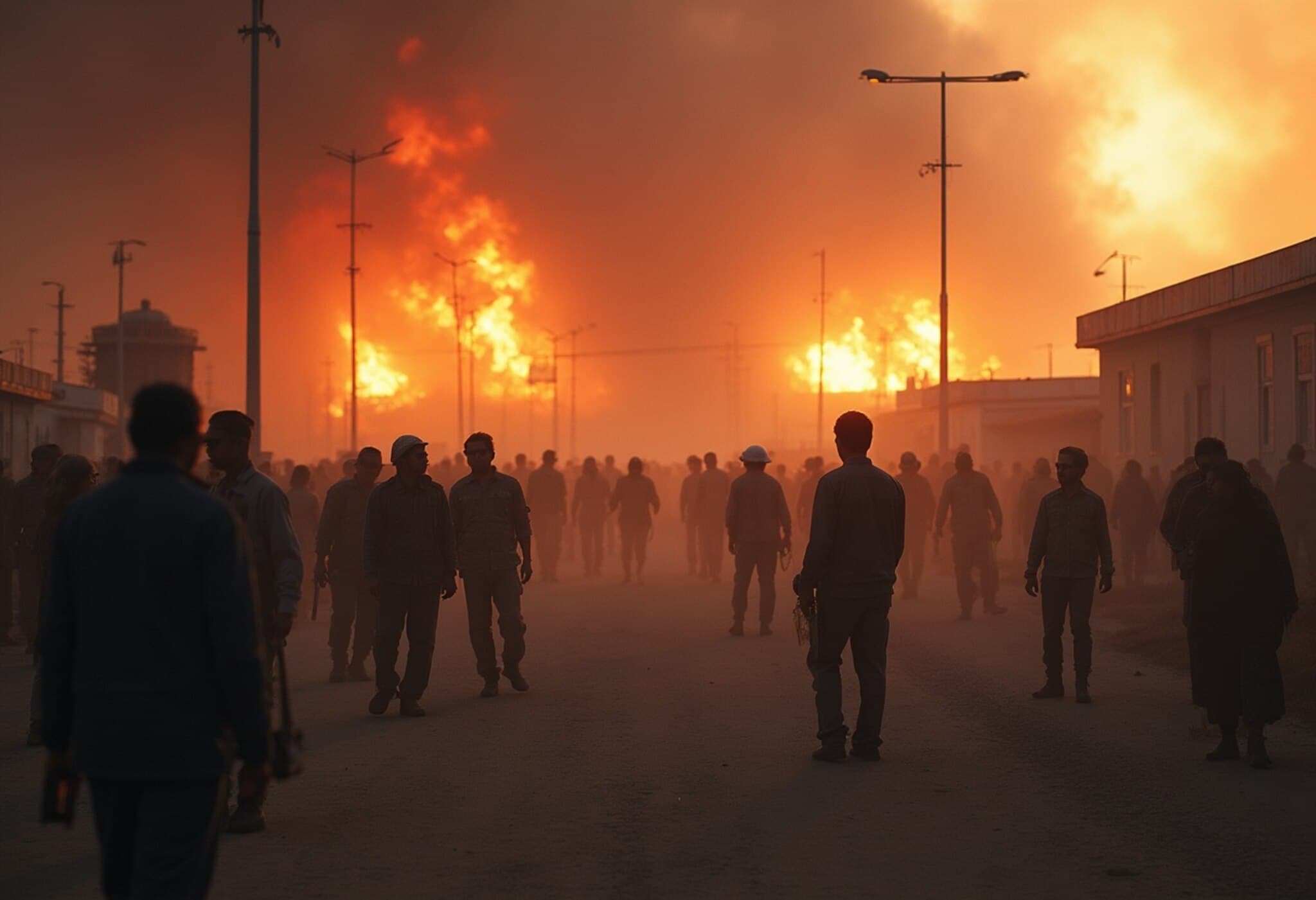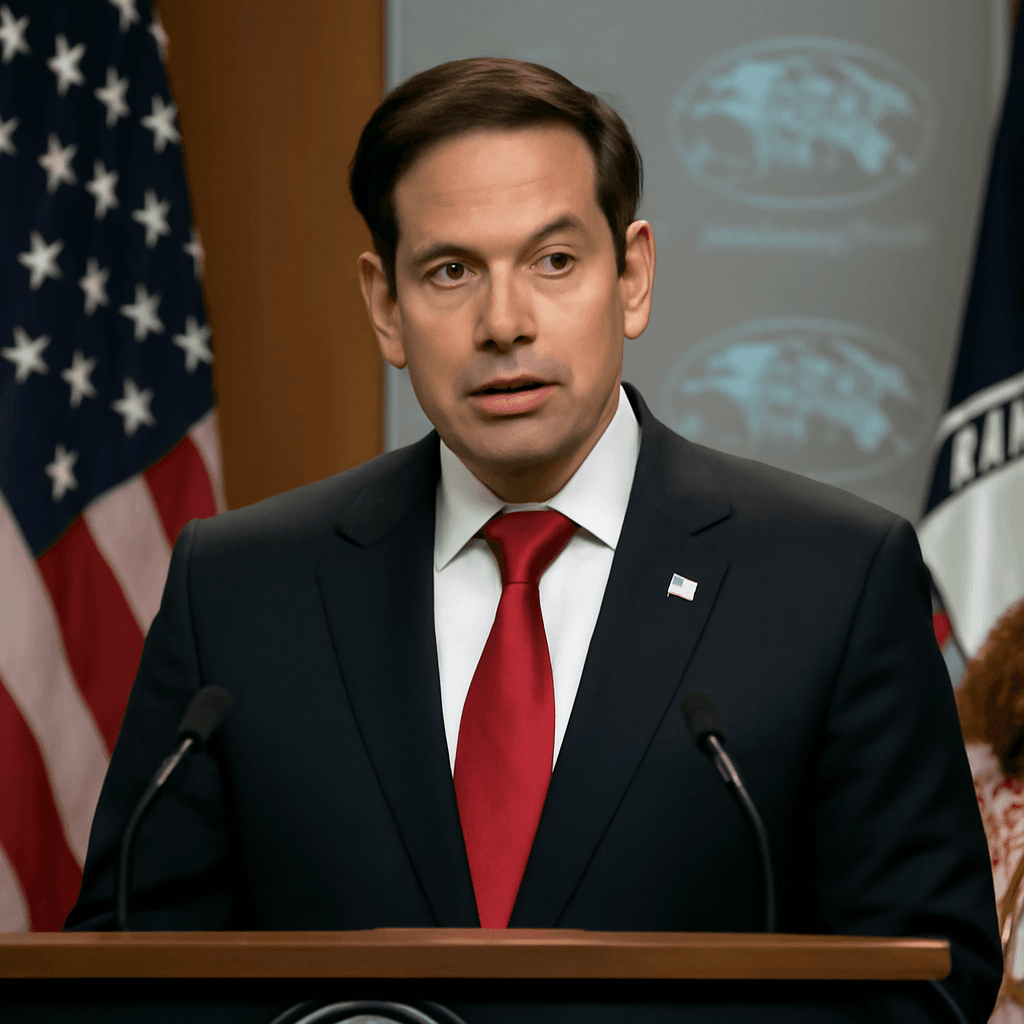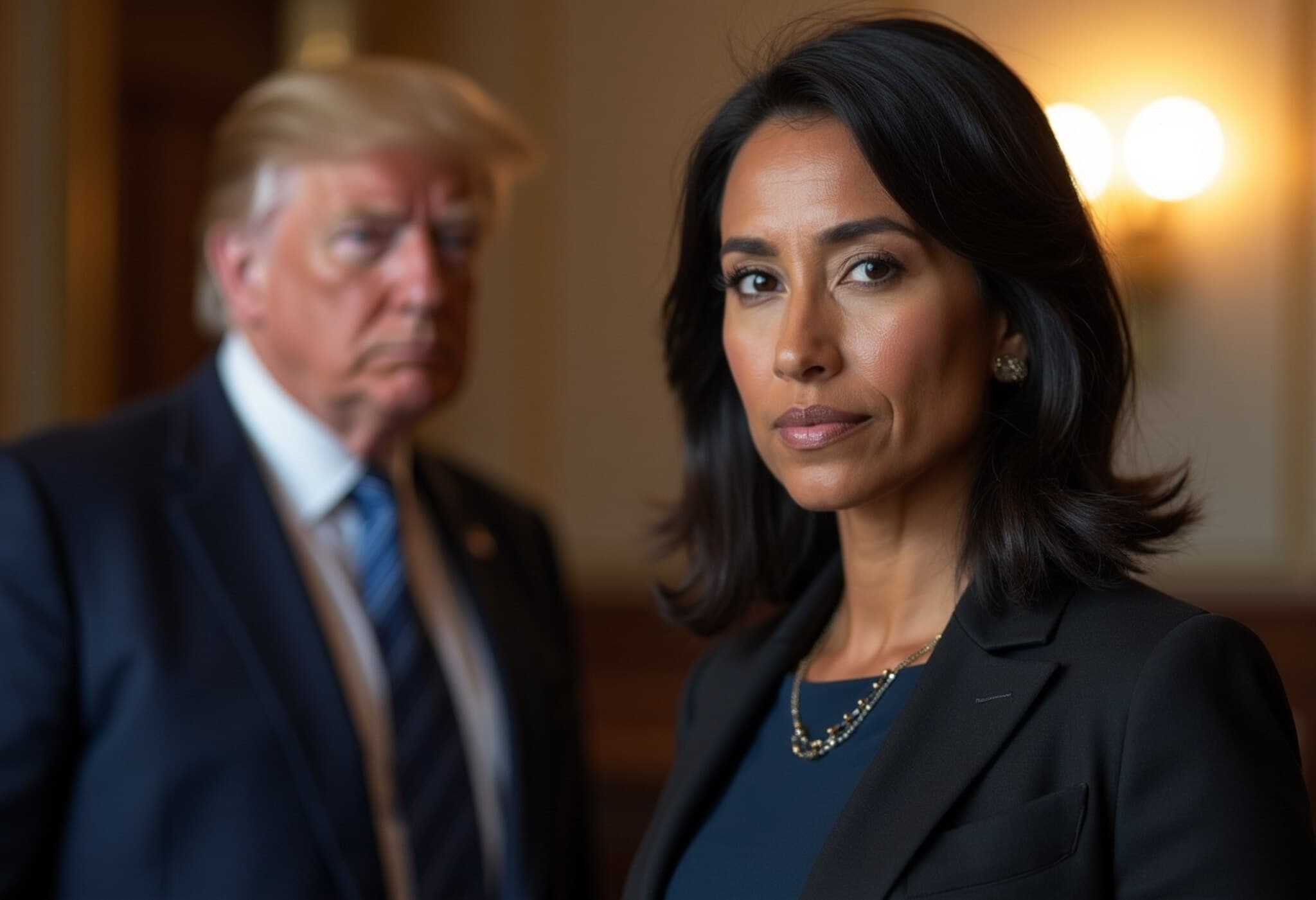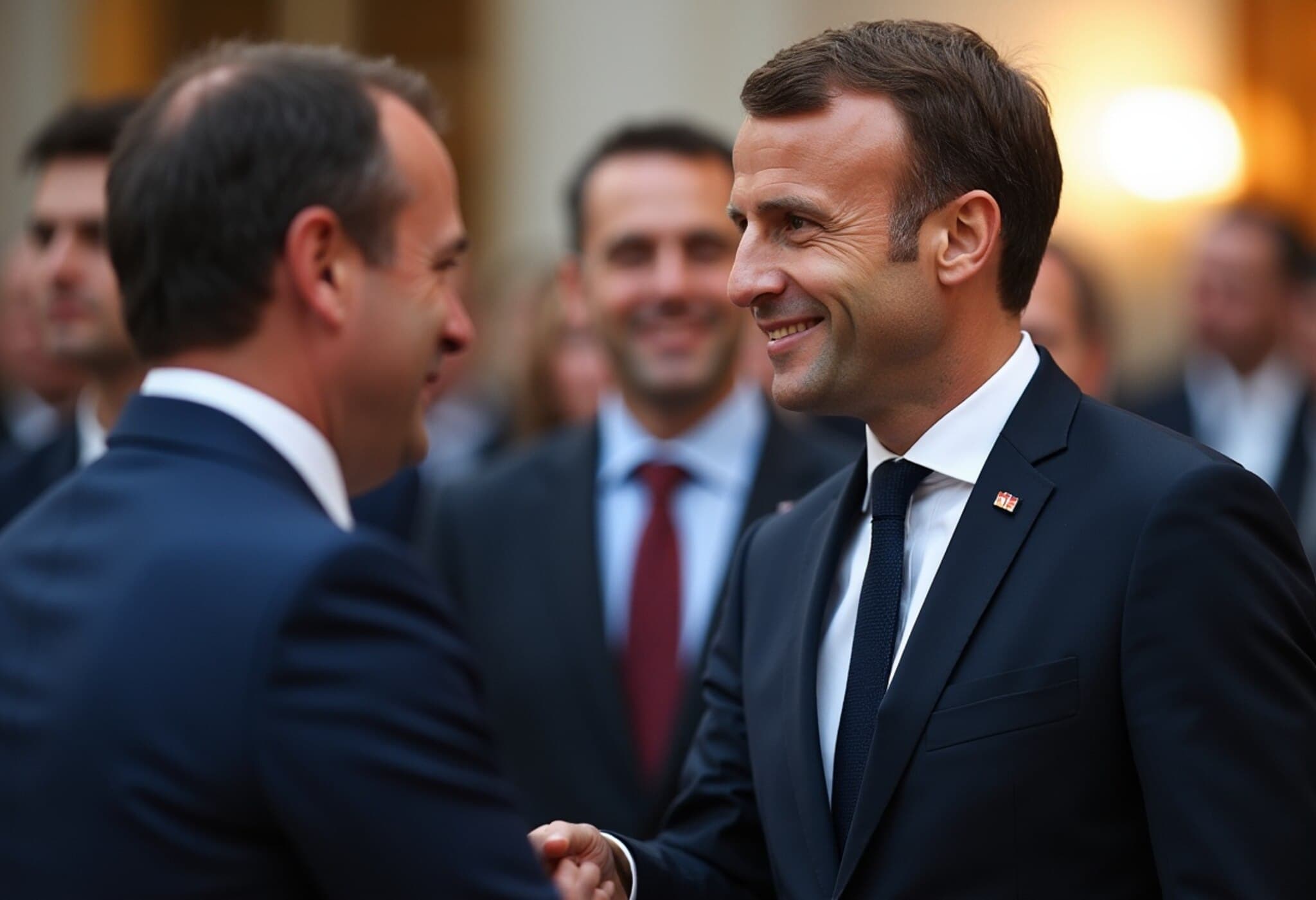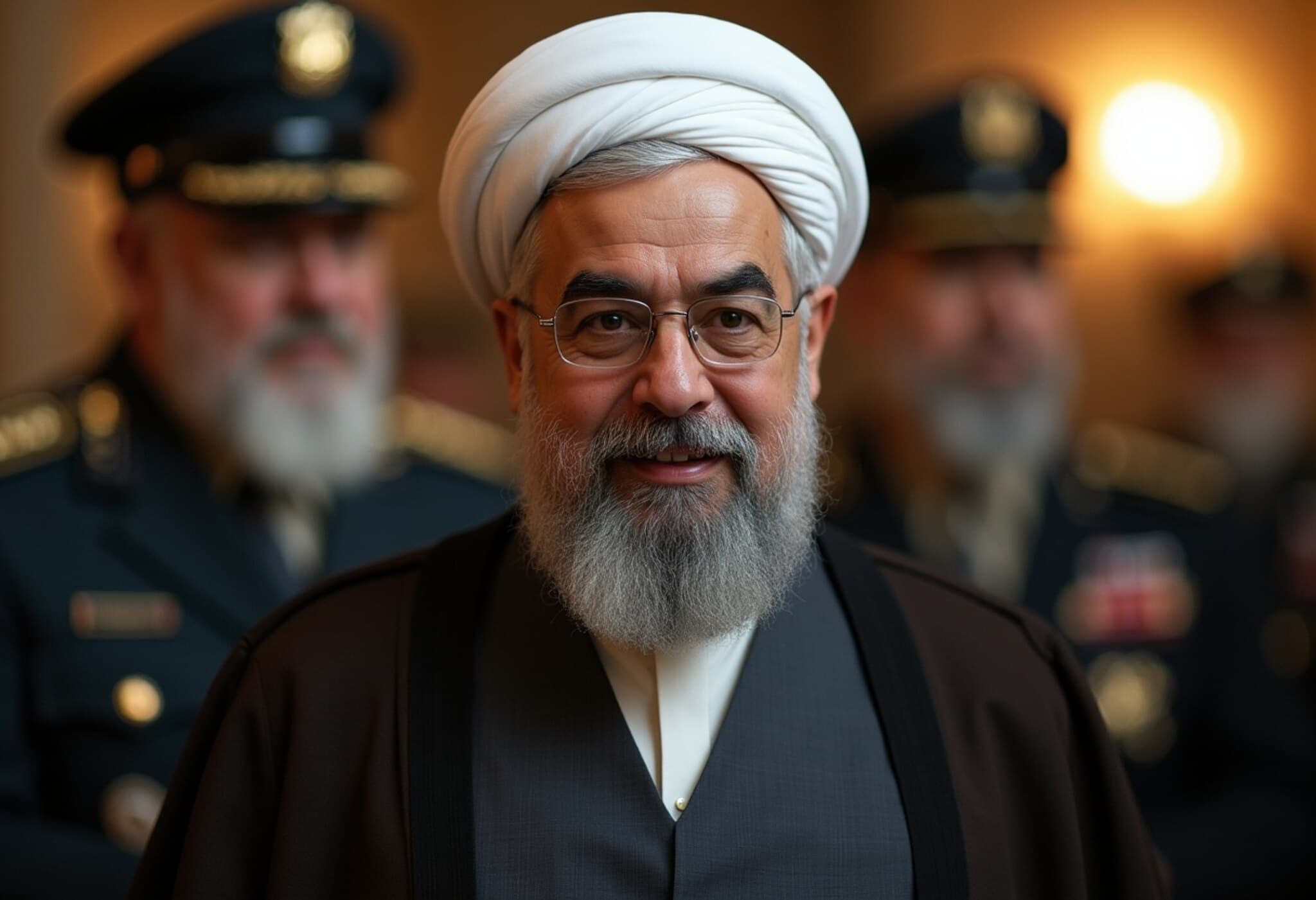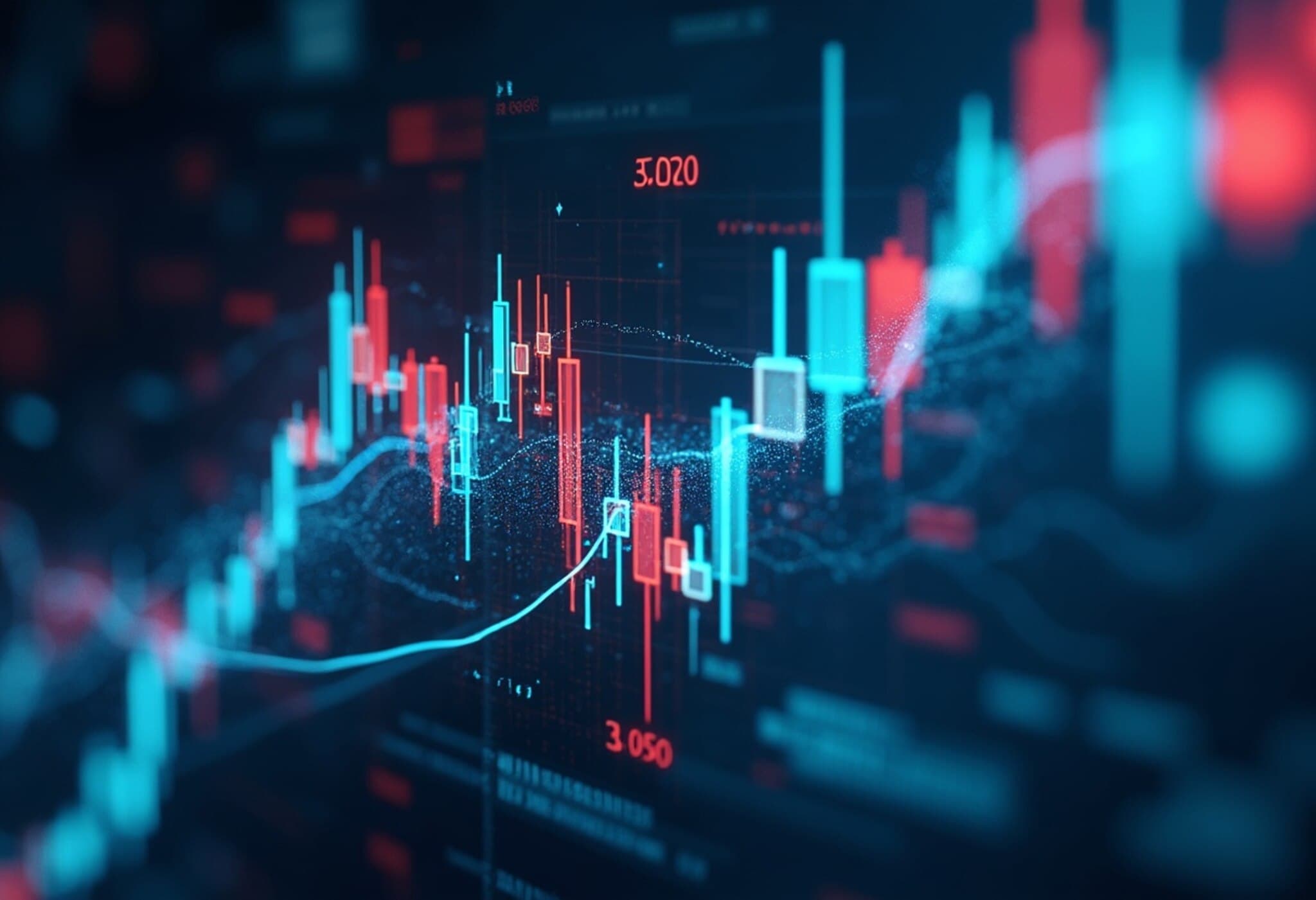Israel's Targeted Strikes and Netanyahu's Ambitions
Amid escalating tensions, Israel has intensified its attacks on Iran's nuclear infrastructure. Prime Minister Benjamin Netanyahu has openly suggested that the ongoing conflict might pave the way for a regime change in the Islamic Republic. This perspective aligns with Israel's longstanding desire to see Iran’s current government fall, a goal shared by many in the international community.
Reports of plans to assassinate Iran’s Supreme Leader, Ayatollah Ali Khamenei, have fueled speculation about what a post-Khamenei Iran might look like. But the question looms: would such a shift usher in democracy, or simply empower a more hardline regime?
Understanding Iran’s Current Power Structure
Since its establishment in 1979, Iran's political system blends theocratic, authoritarian, and democratic elements. The founder, Ayatollah Ruhollah Khomeini, envisioned a government governed by Islamic clerics to enforce Sharia law alongside elected bodies.
While there is a parliament (Majles) and a president, the real power rests with the Supreme Leader, a position Khamenei has held for over three decades. Khamenei was chosen by the Assembly of Experts, whose own members are vetted by the Guardian Council—a body half-appointed by the Supreme Leader himself.
This vetting process ensures candidates for key political offices align with the clerical elite's agenda, limiting genuine democratic competition. Recent elections saw reformist figures disqualified, leading to voter apathy; last year’s turnout dipped below 40%, highlighting widespread disillusionment. Iran scores poorly on global freedom indices, reflecting this closed political system.
The Pivotal Role of the Islamic Revolutionary Guard Corps (IRGC)
Beyond the clerical elite, the Islamic Revolutionary Guard Corps wields immense influence. Originally formed as a protectoral force for the revolution and the Supreme Leader, the IRGC has grown into a powerful military and economic institution. It often overshadows elected officials in both political and economic spheres.
The IRGC is known for its hardline stance and unwavering loyalty to revolutionary ideals. It controls vast sectors of Iran’s economy through lucrative contracts, earning it the nickname of a "state within a state." This relationship ties the IRGC’s interests closely to maintaining the status quo.
If the clerical leadership were suddenly removed, the IRGC is the most likely actor to fill the power vacuum. While a coup in peacetime seems unlikely given resource constraints and complex internal dynamics, wartime conditions against a common enemy might galvanize the guards into decisive action.
What Could Follow a Supreme Leader's Removal?
Should Netanyahu’s threat materialize and Khamenei be eliminated, several unsettling possibilities emerge:
- IRGC-led Martial Law: The Guard could impose strict military control to preserve the revolution's principles, resulting in heightened militarization and repression.
- New Clerical Leadership: If much of the clerical hierarchy is destabilized, the IRGC might attempt to reconvene the Assembly of Experts and install a successor of their choosing, further consolidating their influence.
- Popular Uprising: While there have been widespread protests in recent decades, fueled by discontent over both hardliners and moderate politicians, the outcome of such upheaval is unpredictable. A revolution does not necessarily guarantee a government more amenable to Western or Israeli interests.
Historical revolutions remind us that newfound leadership often reflects deep-rooted nationalism and skepticism of foreign interference. The Iranian people’s frustrations target both their domestic rulers and external actors who threaten their sovereignty.
Conclusion: A Complex Path Ahead
A regime change in Iran might not usher in the democratic reforms some anticipate. Instead, it risks ushering in an even more aggressive and militant regime led by the entrenched IRGC or another hardline faction. As tensions rise, understanding the intricate power dynamics within Iran is crucial to anticipating the consequences of any dramatic political upheaval.

